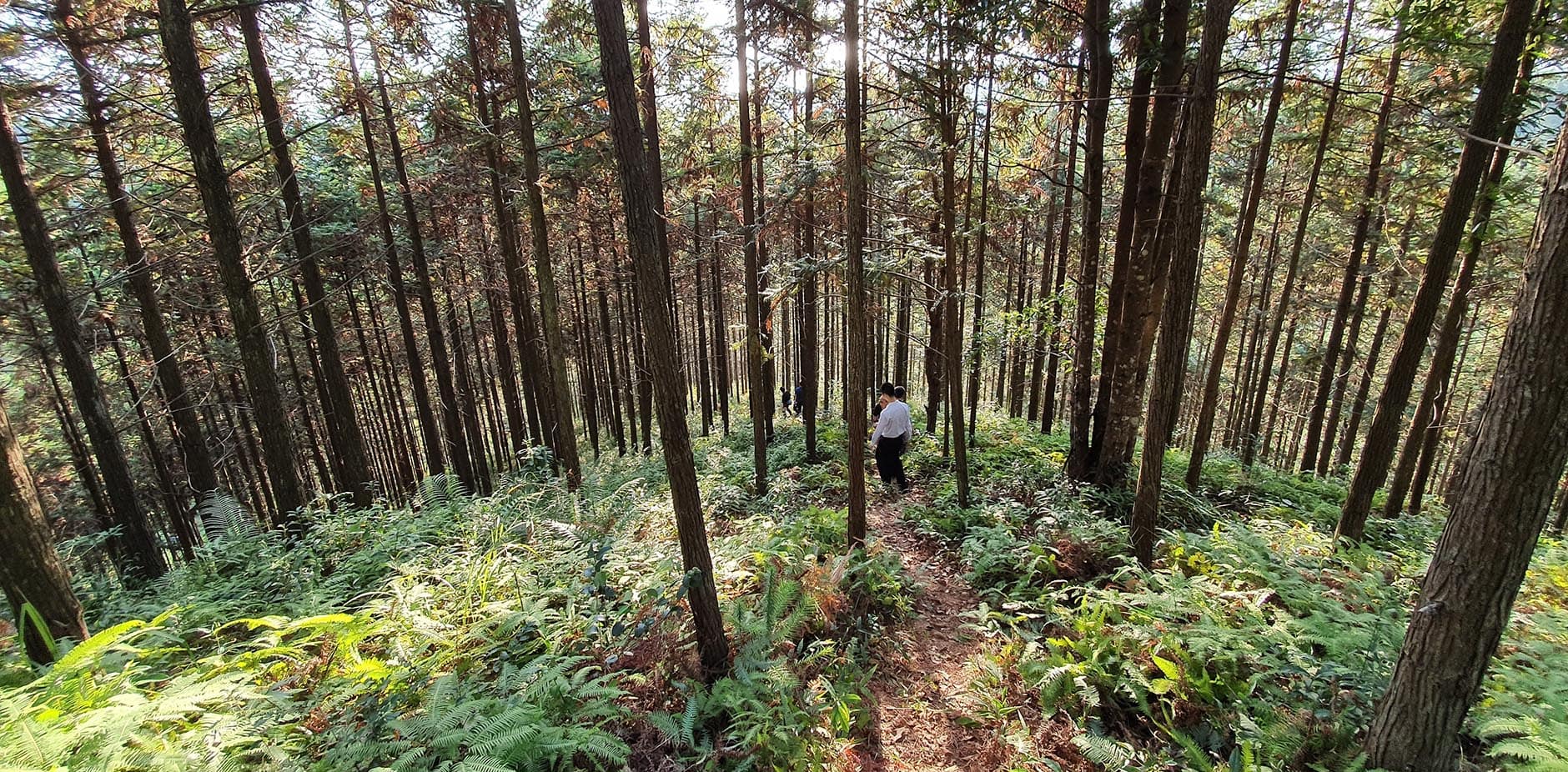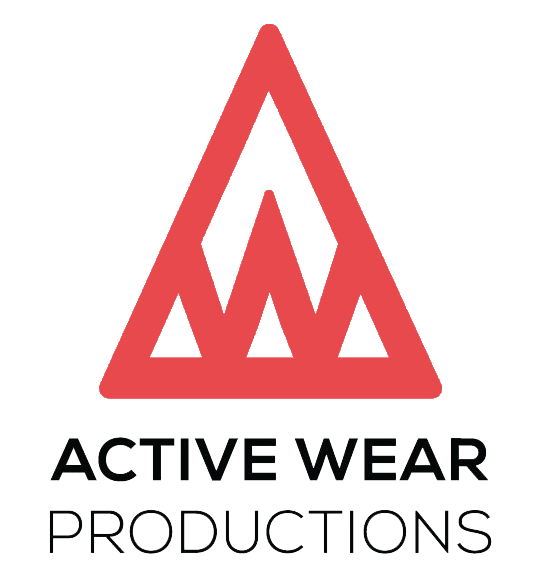
Sustainability
Is there such a thing as sustainable activewear? As the popularity of activewear continues to rise, brands and manufacturers are facing a common challenge: how can we address the environmental impact of our production and distribution processes?
Activewear represents more than just sports; it embodies the spirit of enjoying workouts in the fresh air, promoting mindfulness, nurturing healthy bodies, and fostering a healthy planet.
At Activewear Productions, we share your concern for the environment. Our European management embraces modern values that strive to make the world a better place, not worse. Our founders have been actively involved in fundraising for NGOs and conducting research on sustainable materials, such as organic cotton, since the 1990s. Living and working in China, they have witnessed firsthand the detrimental effects of the garment industry on the environment. We’ve experienced days when we couldn’t even let children play outside due to the pollution. Protecting the environment is an urgent local issue, and we highly value brands that take the necessary steps to contribute to a solution.
Creating sustainable activewear poses unique challenges due to the heavy reliance on materials like Polyester, Nylon, and Spandex, which are hard to replace with natural fibers without compromising performance. While cotton sweatpants may be comfortable for casual wear, they become impractical after a full workout, soaking with sweat. This makes sustainability a more significant challenge in the activewear industry compared to the fashion industry, which has more diverse options for sustainable materials.
We would like to share our vision with you and actively engage in a dialogue so that you can also share your insights with us. Together, we can work towards a future where activewear not only supports our well-being but also the well-being of our planet.
What Manufacturers Can Do
On the manufacturer’s side, the entire process of creating materials starts from scratch. From raw material to finished fabric, this is where the journey takes place. While the sewing of the garments does contribute to a carbon footprint, primarily through electricity consumption for sewing machines, the most significant carbon footprint occurs during the creation of the materials themselves. The production of materials involves various stages handled by separate parties within the supply chain. It begins with the supply of raw materials, followed by yarn-spinning and knitting, and finally concludes with the dyeing process. Some adhere to the minimum requirements, while others make sincere efforts to exceed them
What Designers Can Do
On the designer’s side, a product comes to life on paper, destined either to become a cherished long-term item or a quickly discarded one. If consumers only purchased based on necessity rather than desire, our industry would face collapse. Hence, the challenge lies with the designer to craft products that captivate consumers, encouraging them to keep and wear the items for as long as possible. Throughout the development process, designers must delicately balance artistic, ethical, and commercial considerations. While many designers aspire to create sustainable activewear, the path is not always straightforward.
What We Can Do Together
The designer and the manufacturer collaborate to oversee the complete life cycle of a product, from its raw materials to its eventual disposal. It’s only sensible for these two stakeholders to join forces in pursuit of sustainability. When we collectively establish environmental protection goals, we extend our focus beyond what we discard into the environment; we also consider what we extract from it. For instance, while natural products like cotton t-shirts might be relatively easy to dispose of at the end of their life cycle, the issue arises from the significant water consumption during their growth, leading to drought concerns in certain regions.
BEYOND SUSTAINABLE ACTIVE WEAR
Contact us for professional and sustainable activewear. We offer a wide range of categories including fitness clothing, yoga pants, jackets, swimwear, and more. Get in touch with us through our contact page and share your requirements so that we can provide you with the best possible service


